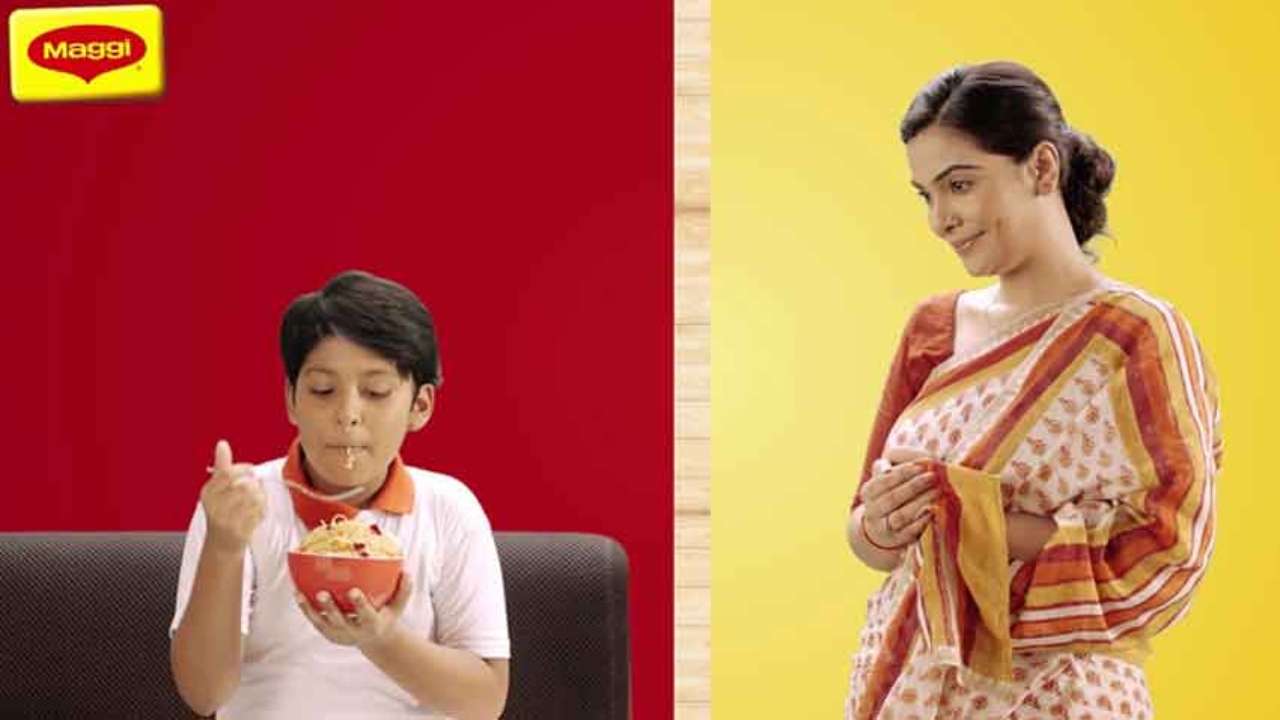Sweet nostalgia – the anxiety of being away from home. That doesn’t sound right, does it? Back in the 17th century, nostalgia was a medical condition. It gradually evolved to become the symbol of ‘yearning for the good ‘ol days‘ as we now know it.
However, over the last few decades, nostalgia seems to be transforming again—this time into a powerful marketing tool.
Why is Nostalgia used in Marketing?
The University of Strathclyde in 2010 placed importance on creating an emotional link between the consumer and the brand.
An effective way to do that is to evoke memories of the past. Targeting audiences with purchasing power using a piece of their childhood is a quick and easy way to establish brand trust. In addition, the same study states that nostalgia-based marketing sometimes tells stories of the brand, reflecting authenticity, creating a sense of sincerity.
Nostalgia marketing can also create that buzz that brands need for social media marketing. Just think of Maggi’s comeback after being banned in India. # WeMissYouToo and #WelcomeBackMaggi went viral.
To make things more ironic, Maggi is not an Indian brand. Still, it has become synonymous with childhood memories in the country.

Why does it work?
Marketing strategies based around emotions and feelings are simply more successful.
Bringing back the memories of experiences from the past makes the message more personal and genuine; it makes people feel something – which is the ultimate objective.
People would rather buy something that made them smile than something that failed to connect with them.
The psychology behind it
Since memories can now be triggered at the tap of a screen, nostalgia is more accessible than ever before. A powerful emotion, it is a perennial marketing tool.
Harjiv Singh
In response to a terrifying modern world, people just want to go back to a time of their lives when they had no worries.
Hardships still existed, but we always make the past happy in our heads. People long for simpler times, and companies want to give it to them. Nostalgia doesn’t just make us feel good emotions but even counter the bad ones like anxiety and loneliness. Of course, it is also proven that it encourages people to spend more money. In simple terms, nostalgia equals profit.
Where do we see Nostalgia Marketing?
Everywhere and in every shape and form.
It is easy to understand and incorporate. With much less effort than before, companies can now create impactful results. Nostalgia surrounds us in advertisements, movies, books, hashtags; you name it, we have it.

Advertisements
The most prominent culprit is ads.
Nostalgia can turn these ads from being a nuisance to a simple delight. Take the recent ads by CRED as an example.
Jackie Shroff as a Zumba instructor, Salesman Kumar Sanu, Govinda giving an audition took the media by storm, giving people pure joy. Although these ads were surprising and cheeky, the strong recall of a past Bollywood made them quite loved and viral.
Nostalgia-based ads also remind people of how products are integrated with their life’s memories. Many brands have their version of this popular strategy.
For example, Parle-G’s mother’s day ad of a child growing up, showing sweet memories that have the biscuit in centre focus with a hashtag to go along with it, #YouAreMyParleG.

Media
Starlord’s retro playlists in Guardians of the Galaxy makes everyone headbang to the tunes. The ‘awesome mix’ cassette tapes are a fandom favourite. Kapoor and Sons did something similar using a pack of sweet cigarettes by Phantom.
These movies brought back old products to the big screen, reminding people of the days past, where there were no worries.
Nostalgia doesn’t just feature in snippets across media. Think of Stranger Things; one of its central themes is nostalgia. The fashion, music and countless references of the show become a nice homage to the times we miss. Even if the show’s audience is too young to have been born in the 80s, it generates that general feeling of nostalgia.
Even books fall into this category. Ready Player One is a good example, filled with plot-relevant old video games, references to old comics and movies that play into the storyline. This book rose to the top as a bestseller and was even made into a film in 2018.
Unlike Stranger Things, not everyone was a fan of this strategy in the movie. As a result, it received a lot of criticism along with the praise, but why?
One reason for it could be that Stranger Things’ nostalgic 80s is just a setting. Still, in Ready Player One, nostalgic references are vital to the plot, alienating audiences who don’t connect with that specific part of the past.
Another most glaring example of nostalgia as a marketing strategy can be seen in remakes. From Disney to Bollywood, everyone is banking on it.
Beauty and the Beast, The jungle book, Aladin and other live-action remakes are Disney’s Golden Goose.
The Lion King remake made over $1.6 billion worldwide. The numbers don’t lie, but they can deceive. Disney’s long list of remakes has received a mixed reception. Joshua Rivera from the Verge points out the flaws here, claiming that these remakes have a “robotic devotion to the animated film that came before it” and that “perhaps Disney is a victim of its own success.”
In India, remakes are not a new concept; people have been repacking the old movies with new stars for a long time. The Don remake starring Shah Rukh Khan of an old Amitabh Bachchan classic, Hrithik Roshan’s Agneepath, Bhansali’s Devdas, has become a classic itself. These movies were well admired and earned a sizeable amount more than the originals.
Yet, audiences are now bewildered at the sheer number of remakes Bollywood is churning of movies that are still alive in popular consciousness.
Varun Dhawan starrer Judwaa 2 and Coolie no. 1 were box office hits despite garnering majorly negative reviews. These movies represented a more misogynist time, being only regressive in their approach. They “perpetuated everything that was wrong in a society in the form of vulgar comedy,” says Lakshana Patal from India Today.
To top it off, the Hindi music industry doesn’t seem to be doing itself any favours by remaking beloved old songs into tracks that people despise. These are all examples of how not to use nostalgia marketing. These remakes ranked low in audience opinion, but the simple truth is that remakes are here to stay as long as they make money off of it.

Products
Nostalgia marketing can work wonders when done right, then why just stick to using it as a tool to promote the product? Why not make it a product itself? Wouldn’t it be nice to have a piece of childhood that fits snuggly in our modern lives? Some companies have made precisely that.
Carvaan is a prime example. Shaped like an old-timey radio with modern mechanics in place, Saregama’s audio player hits the jackpot with its massive library of evergreen Hindi songs and Geetmala. It has options of Bluetooth and FM as well to use in a variety of modes. This product delivers nostalgia to the older generation and meets the younger generation’s demands with a pleasing aesthetic.
Paper Boat drinks land right on the mark with nostalgic marketing and flavours of aam panna, jaljeera, kokum and the likes. Their ads play sweet music while telling stories of the flavours they offer are picked from childhood memories of Indian kids growing up without carbonated drinks. Their slogans, “life is still beautiful,” and “what you’ve been missing,” promises not a drink but a memory.
Nostalgia equals profit
Nostalgia marketing has proven time and again to be effective. This strategy sits well across generations and helps create brand love and loyalty with the bonus of social media buzz. But it is essential not to use this as a cheap trick.
Written by Osheen Jain
Edited by Suranjan Das
| Osheen is a passionate student of psychology who works as a freelance content writer for PrimalWoke. Her interests include modern poetry, enjoying all forms of art, and being an obsessive bibliophile. Osheen has also been a TEDx speaker and you can find her on LinkedIn.
